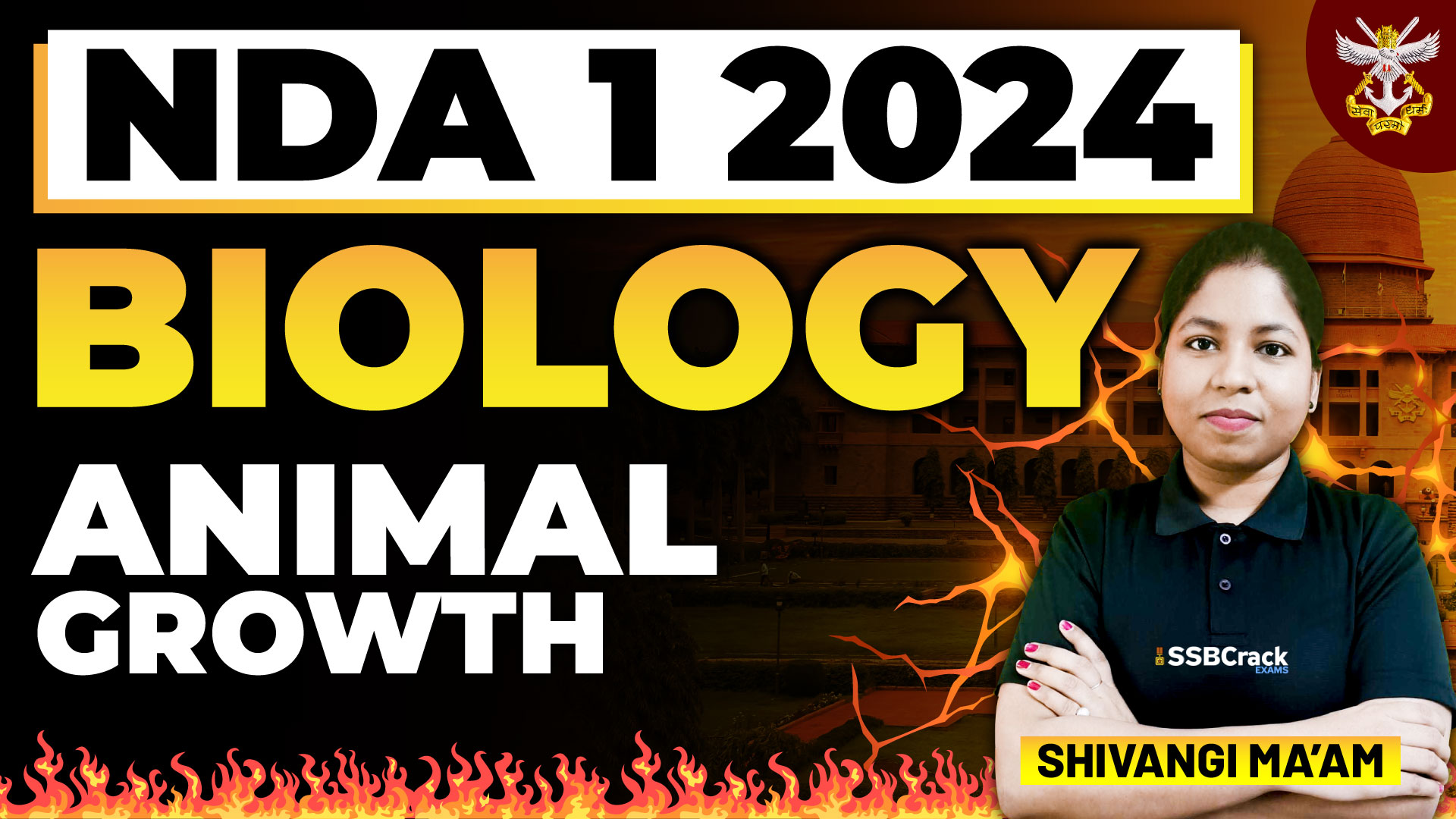The National Defense Academy (NDA) is not just a crucible for molding future military leaders but also a hotbed of intellectual discourse and academic exploration. The recent Animal Growth Biology lecture in the NDA 1 2024 curriculum provided a fascinating insight into the intricacies of biological processes that govern the development of animals. Let’s delve into some key insights derived from this lecture.
1. Understanding Growth Patterns: One of the fundamental aspects discussed in the lecture was the diverse growth patterns observed in different animal species. From exponential growth seen in organisms like bacteria to sigmoidal growth in mammals, understanding these patterns is crucial for comprehending the underlying biological mechanisms driving growth.
2. Hormonal Regulation: Hormones play a pivotal role in regulating growth processes in animals. The lecture likely delved into the endocrine system’s intricacies, highlighting the role of growth hormone, thyroid hormone, insulin-like growth factors, and other hormonal signaling pathways in orchestrating growth and development.
3. Environmental Influences: External factors such as nutrition, environmental conditions, and stressors profoundly impact animal growth. Attendees of the lecture would have gained insights into how variations in these factors can modulate growth trajectories and potentially lead to developmental abnormalities.
4. Genetic Determinants: Genetics forms the blueprint for an organism’s growth and development. The lecture might have explored how genetic variations within populations influence growth parameters, elucidating concepts such as heritability and genetic polymorphisms.
5. Growth Models and Measurements: Various mathematical models are employed to characterize and predict growth patterns in animals. The lecture may have introduced attendees to growth curve analysis, von Bertalanffy growth model, and other quantitative approaches used to study growth dynamics.
6. Growth Disorders and Implications: An understanding of normal growth patterns is crucial for diagnosing and managing growth disorders in animals. The lecture might have touched upon conditions such as gigantism, dwarfism, and metabolic disorders, shedding light on their etiology and clinical implications.
7. Applications in Agriculture and Veterinary Sciences: Insights gleaned from studying animal growth biology have far-reaching applications in agriculture and veterinary sciences. Attendees would have learned how this knowledge is leveraged to optimize livestock production, improve breeding programs, and enhance animal health and welfare.
8. Emerging Trends and Research Frontiers: Finally, the lecture likely touched upon emerging trends and research frontiers in animal growth biology. Topics such as epigenetics, stem cell research, and the microbiome’s role in growth regulation may have been discussed, providing a glimpse into the future directions of this field.
In conclusion, the Animal Growth Biology lecture in NDA 1 2024 offered a comprehensive exploration of the biological processes underpinning animal growth and development. By unraveling the intricacies of growth regulation, attendees gained valuable insights with broad implications spanning fields ranging from basic biology to applied agricultural and veterinary sciences.


















